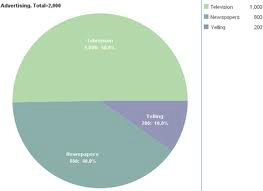
MONTANA |
VIDIN |
DOLJ |
Interactive map |
| CULTURAL-HISTORICAL RESOURCES | CULTURE AND RELIGION | FOLKLORE, CRAFTS AND TRADITIONS | EVENTS | TOUR PACKAGES |
Town of Chiprovtsi
Carpets (rugs) from Chiprovtsi Carper making is a part of the Bulgarian national heritage, traditions and art crafts. The following schools of this craft are standing out brightly: the School from Chiprovtsi and Kotlenska School that made famous the Bulgarian weaving art all over the world. For Bulgaria the carpets (rugs) from Chiprovtsi is something like the lace for Belgium: old-fashioned and beautiful applied art with increasingly weakening connection with the modern life, and a fascinating amalgam of cultural influences, in which range nations insist that recognize themselves in. In Europe the Chiprovtzi rugs become popular in the 18th and 19th century as "Turkish", because Bulgaria is then part of the Ottoman Empire. Through the Italian and Turkish traders they entered more and crazier in oriental rugs Europe, together with the production of Anatolia. Although the demand in Europe until the end of 19th century the main consumer of the production of Chiprovtsi it the Ottoman Empire itself. On the big Pirot Fair in 1860, for example, Chiprovtzi masters sold 180,000 m2 carpets, most of which - prayer rugs for the empire. However there is something that makes Chiprovtzi carpets different from all the rest. They have traces of Renaissance. Integrated into the Ottoman Empire, Southern Europe missed this era from the European history. With two exceptions: Dalmatia, together with part of Croatia, and to a lesser degree – Chiprovtzi, the center of Bulgarian Catholics in Northwestern Bulgaria. Each carpet is unique because it is hand woven, made only of cotton and wool and dyed with natural dyes. Unique Chiprovtsi motif is the karakachka -"black-eyed bride" on local dialect. It is black to the extreme stylized figure, where in older models has a head, ponytail, even an eye, but later appears only as a composition of several triangles. Some ethnographers believe that it is a reference to the goddess of fertility - a dubious, given the dramatic red and black range in which these carpets are always weave. |
PUBLICATIONS
TOURIST INFORMATION
Where to sleep
Where to eat
Transportation
Recent archaeological excavations, research, restoration
Links
|





 Google Play
Google Play App Store
App Store 
